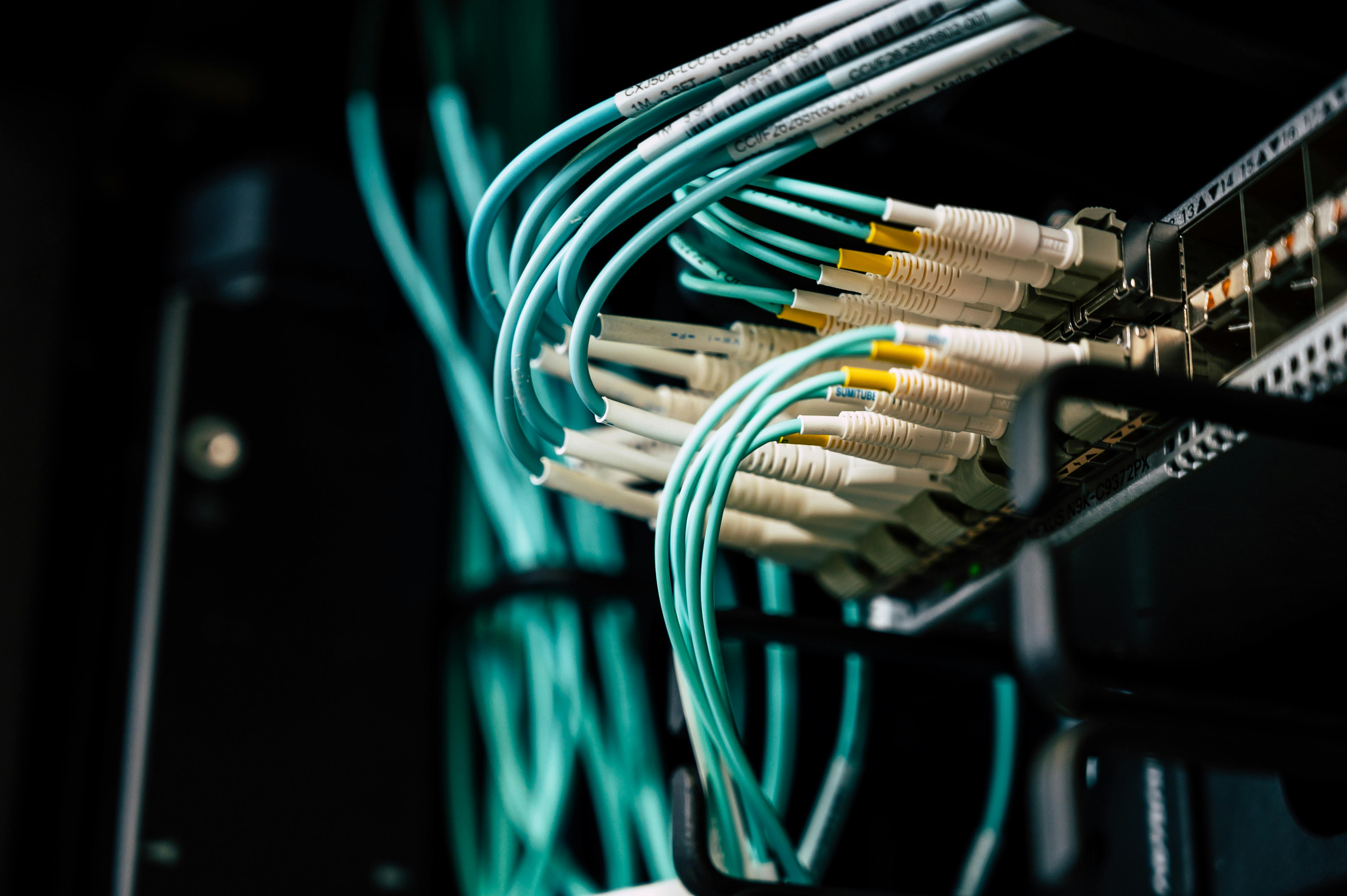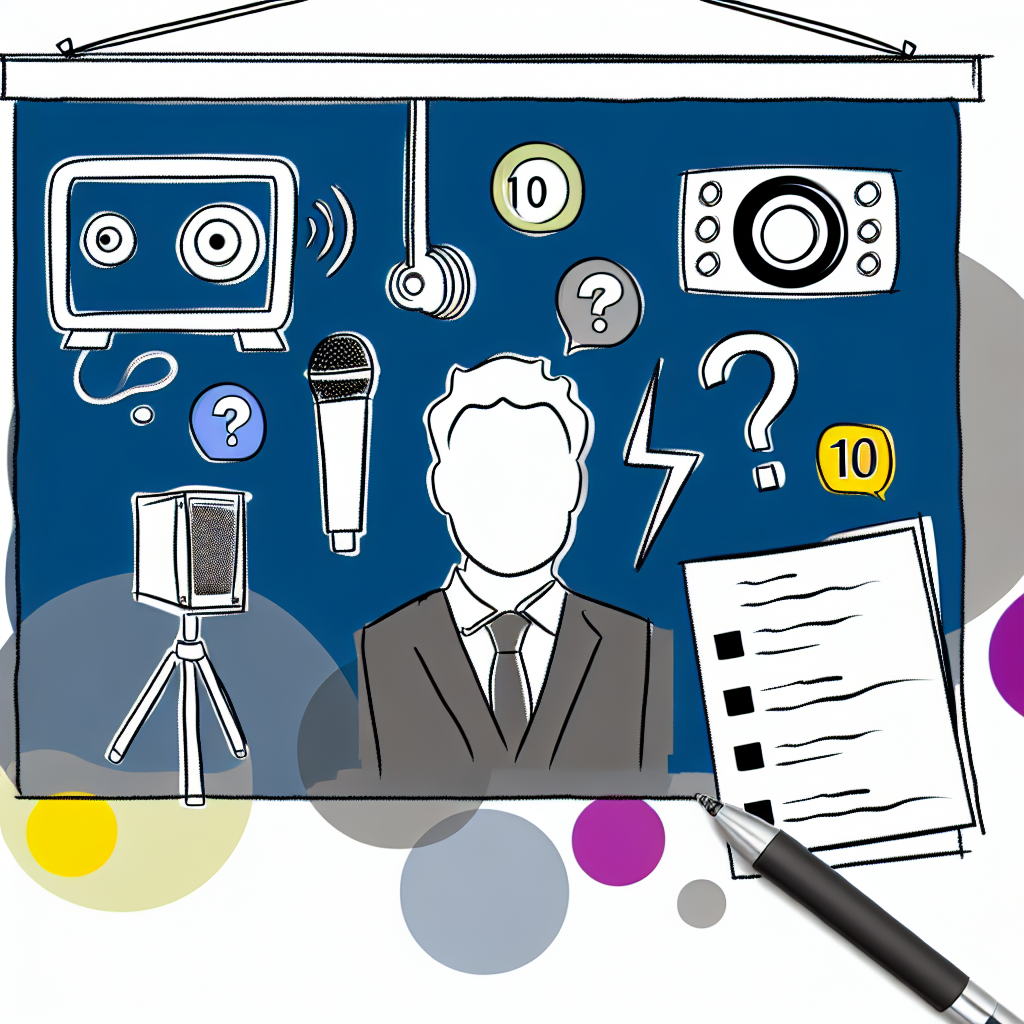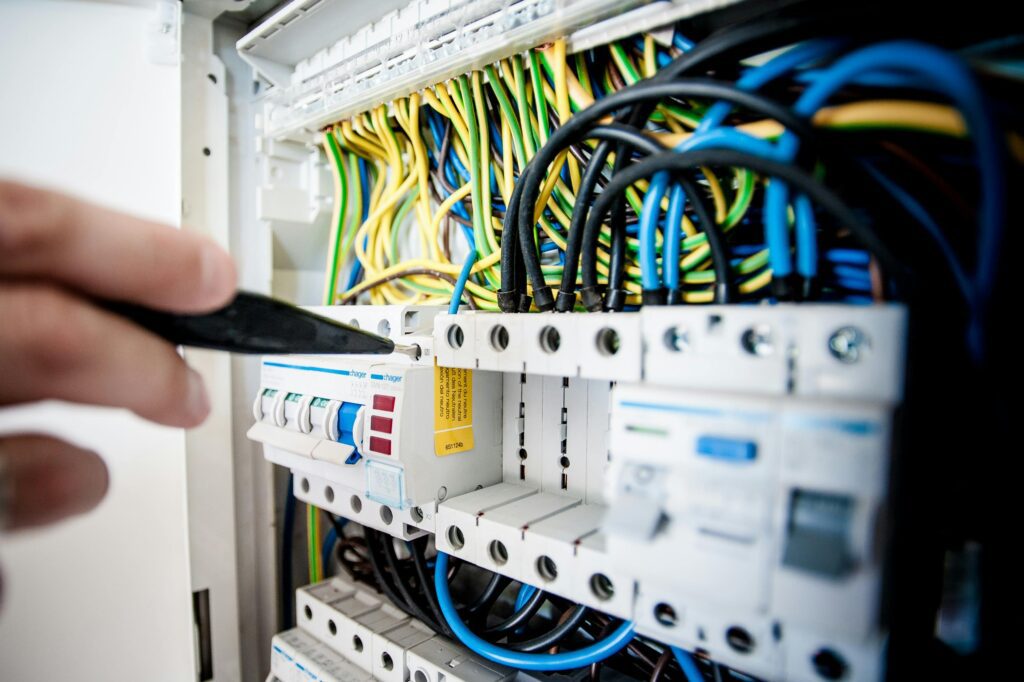Event planning is a vibrant and exciting field, and a big part of making any event successful is understanding how to use audio-visual (AV) technology. Think about your favorite concert or conference—what made it memorable? Often, it’s the AV setup that transforms a space, capturing attention and making an event truly special. Whether you’re planning a small gathering or a huge conference, getting to grips with AV basics can make a big difference. This guide will walk you through the essentials, from choosing the right equipment to managing your budget effectively.
Table of Contents
The Importance of AV in Event Planning
Audio-visual elements are like the secret sauce in event planning—they can turn a plain event into something extraordinary. Have you ever been to a meeting or seminar where the sound was just off, or the visuals were blurry? It’s frustrating, right? A great AV setup can help avoid these problems, ensuring that everyone can hear and see what’s happening clearly. It also sets the mood and makes sure the audience is engaged. When done right, AV not only helps presenters but also pulls the audience into the experience, turning them from passive listeners into active participants.
Internal and External Stakeholders in AV Planning
One of the keys to getting AV right is involving the right people. You’ll want to include both your internal team and external AV experts. Working with professionals, like those from Westwave AV, can help you iron out any technical issues, making sure everything runs smoothly on the day of the event. It’s smart to start working with AV experts early on. They can help you spot potential problems with your venue, such as power needs or where to place equipment.
Essential AV Equipment for Events
Let’s dive into the nuts and bolts of AV systems by getting familiar with the equipment that will help you project audio and visuals at your event.
Audio Systems

Audio is a big deal at any event. It doesn’t matter if you’re amplifying a speech, playing music, or broadcasting a video. Here’s what you need to know:
Microphones: Whether you choose handheld, lavalier, or headset mics, consider using wireless microphones. They offer flexibility but require careful frequency management to avoid interference.
Speakers: The size and number of speakers matter if you want the sound to reach everyone in the room. Speaker placement is crucial to avoid feedback and make sure the audio is clear.
Mixers: Think of mixers as the control center for your sound. They help you adjust the volume and mix different audio sources, so everything sounds just right.
Visual Systems
Visuals are essential too. They can make your presentations pop, or they can be a disaster if not done right. Here’s what to consider:
Projectors: Deciding between LCD and DLP projectors depends on your venue size and presentation type.
Screens: The size and resolution of screens should be suited to your audience size and seating arrangement.
Displays: Understanding the difference between LED and LCD screens can make a big difference in visual quality. Aim for higher resolutions, like 1080p or 4K, for the best clarity.
Lighting Systems
Lighting does more than just light up a room; it sets the mood and enhances visual appeal. Good lighting can change the whole vibe of your event:
Stage Lighting: This focuses on the presenter or key areas of the event.
Ambient Lighting: Sets the overall mood and supports your event’s theme.
Decorative Lighting: Adds style and flair, complementing the event’s feel and theme.
Best Practices for Seamless AV Integration
Getting AV integration right takes some planning. You need to anticipate challenges and coordinate well with your team. Here are some best practices to follow:
Communication and Coordination
Talk to your AV team! Share all the details about your event, from your goals to the venue and audience expectations. The more they know, the better they can tailor their solutions.
Technical Rehearsals
Running rehearsals is crucial. It’s your chance to find and fix any issues before the big day. This ensures everything is running smoothly when the event starts. Rehearsals give you time to test equipment, adjust sound and lighting, and make sure all technologies are working as they should. Check out more tips on rehearsals on Event Manager Blog.
Budgeting and Cost Management
Balancing quality and cost is key. Be aware of short-term and unexpected expenses to avoid budget surprises. Renting equipment can be cost-effective for many events, but if you host events regularly, buying the technology might make more sense.
Integrating AV with Virtual Platforms

With the rise of hybrid events, integrating AV with digital platforms is more important than ever. Here are some things to think about:
Reliable Internet Connectivity: You’ll need a strong internet connection for streaming and online interactions, especially for high-bandwidth needs.
Compatible Streaming Equipment: Make sure your tools work with various virtual platforms to ensure seamless interactions.
Data Connectivity Knowledge: Know your connection types, like HDMI and VGA, so you can link digital devices with AV setups efficiently.
A Checklist for AV Success
Here’s a handy checklist to make sure your AV setup is spot on:
- Communicate Needs: Share detailed event info with your AV team.
- Select Suitable Equipment: Think about the venue size, audience, and event type.
- Plan Lighting Strategically: Balance stage and ambient lighting.
- Conduct Rehearsals: Ensure all technology works as planned.
- Manage Budget Efficiently: Focus on essentials and consider rental options.
- Coordinate with AV Professionals: Engage them early and often.
- Ensure Internet Robustness: For hybrid events, check bandwidth and connections.
- Perform Technical Checks: Look for and fix potential issues.
- Optimize Visual Displays: Fit screen size to venue and audience layout.
- Test Sound Clarity: Check microphone types, speaker sizes, and placements.
Mastering these AV basics will help you create an event that impresses attendees and makes sure your message is heard loud and clear.
Visual Learner?
Check out the video below for the basics of AV for events!
In conclusion, the world of AV in event planning is vast and constantly changing. By learning the fundamentals and working closely with professionals, your events can not only meet expectations but surpass them, leaving a lasting impression on all who attend.
Reach out to Westwave AV today to chat more about your event!


